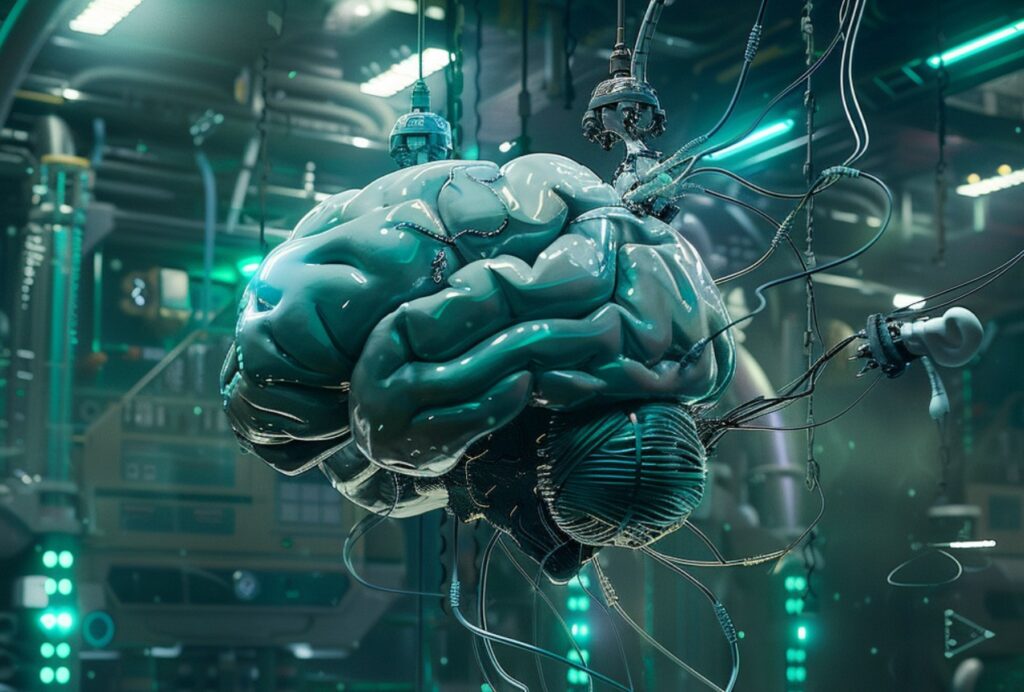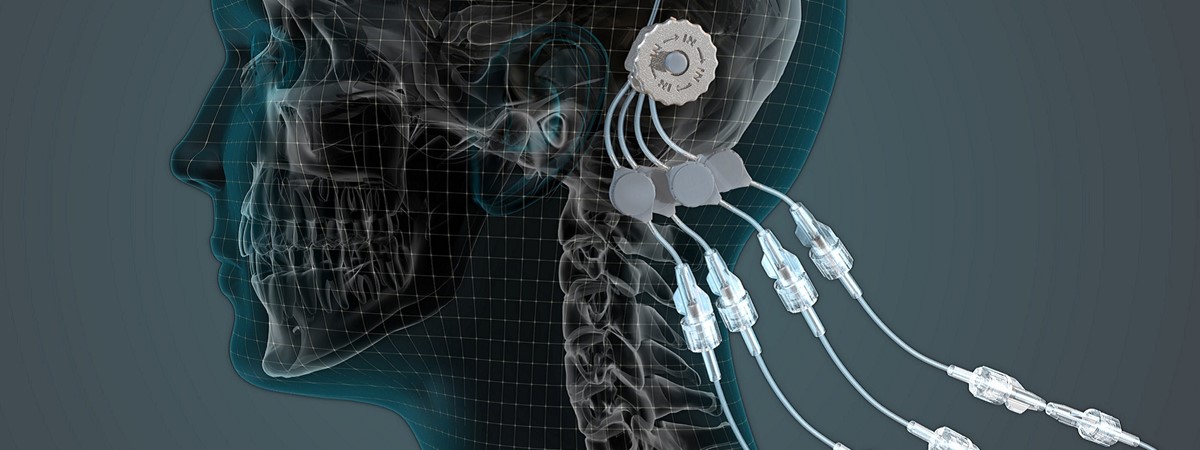
By definition, wetware refers to technology that combines hardware and software to enhance biological life forms. Steve M. Potter, an associate professor at the Neuroengineering Laboratory at the University of Georgia, has predicted that a new revolution is coming.
But when will all this happen? In fact, it’s already happening.
Since 1996, Potter has been involved in cutting-edge research on “the possibilities for developing hardware-enhanced cognition in people.” In fact, in the essay “The future of computing and neural interfacing“, Potter describes that all life as we know it is made of cells, which are “soft and full of salt water.”
This is why animal control systems (networks of neurons and glial cells) are sometimes called “wetware”; they are the basis of all natural intelligence (NI). Computers and digital technology, by contrast, are “dry and hard”: hardware is the substrate on which today’s artificial intelligence (AI) runs.
Wetware operates (to the extent we understand it) by very different rules than digital hardware. The inevitable path to this hybrid neural-synthetic future will be paved with a better understanding of the brain and better neural interfaces, as well as computers that better emulate brain function and specialized neuromorphic, and therefore brain-inspired, software and hardware.
For example, deep learning is easily understood as an application of neuroscience to computer science and therefore a source of inspiration for a new generation of software. Taking this to the next level, it will not only be software that enhances our minds, but also specialized hardware that can be affected by these new technologies. To date, neither AI nor Neural Intelligence (NI) have truly benefited from hybrid hardware-wetware systems.
Why not?
Because living neural systems are complex and difficult to understand, let alone reverse engineer, if we want to draw an analogy with the world of computing. Neural interfacing is technically challenging. But Professor Potter is confident that wetware-hardware will one day, sooner or later, be as common and useful as digital computers are today.
Unlike quantum computing, we have many examples of working devices that perform incredible and miniaturized computations. Even a fly’s brain is more powerful and efficient than the best digital flight controllers humans have ever designed.
How do brains achieve such astonishing feats of real-time sensor processing and precise movement control in such a small organism?
There is a strong motivation to uncover enough secrets of the brain to create new forms of hybrid AI that take full advantage of digital computation coupled with a real brain. It’s a bit shocking how poorly we understand the brain today, considering how important it is in our lives.
Neurobiologists don’t really understand what a thought actually is, where feelings come from, how memories are stored, or how we learn. We’re at a stage equivalent to the Victorian understanding of the sun: there are likely concepts of brain function we can’t yet conceive, in the same way that nuclear fusion would astound an 18th-century scientist.
But there is reason for optimism: the rapid pace of academic neuroresearch is being spurred by funding from the Obama administration’s Brain Research through Advancing Innovative Neurotechnologies (BRAIN) initiative and the EU’s Human Brain Project.
Progress will occur when these efforts merge with those dedicated to building better AI systems, such as OpenAI, Google’s Deep Mind, IBM’s Watson, and related AI projects at Facebook, Amazon, Microsoft, Baidu, etc.
But incomplete understanding of the nervous system and NI is no excuse for holding back. from implementing some version of what we know in artificial systems. The immense complexity of the nervous system may be important in enabling the powerful capabilities of NI.
However, the capabilities of neurally inspired deep learning systems demonstrate that we can perform many useful AI tasks by emulating just a small fraction of that complexity.
Advances in neuromorphic software and hardware may replace the use of actual living tissue for computation, in the same way that jet airplanes have supplanted the need to build flapping wings to make things fly fast.
Researchers use neural interfaces to study and influence the nervous system in people, animals, and in vitro. Neural interfaces come in two flavors: augmented humans and augmented computers.
Humans augmented with neural interface technology perform miracles on a daily basis: the deaf use cochlear implants to hear, people with paraplegia use spinal cord stimulators to walk, and those with pain and tremors use deep brain stimulators to soothe their suffering.

But the second type of neural interface—computers augmented by living neurons—is still a laboratory curiosity.
Since 1999, Potter’s lab at Caltech and Georgia Tech University has developed open-source neural interface technology, including NeuroRighter. Closed-loop neural interfaces use electrical and optical stimulation to train brain tissue growing in a Petri dish.
This was a first, but crucial, step in creating useful hybrid computing systems. Some work was published a decade ago, but hardware incorporating wetware (living neurons) hasn’t made much progress since then. Today’s electrical neural interfaces are rudimentary. They lack the feedback that is ubiquitous in nervous systems and use only a few electrodes with limited bandwidth.
Follow us on Google News to receive daily updates on cybersecurity. Contact us if you would like to report news, insights or content for publication.